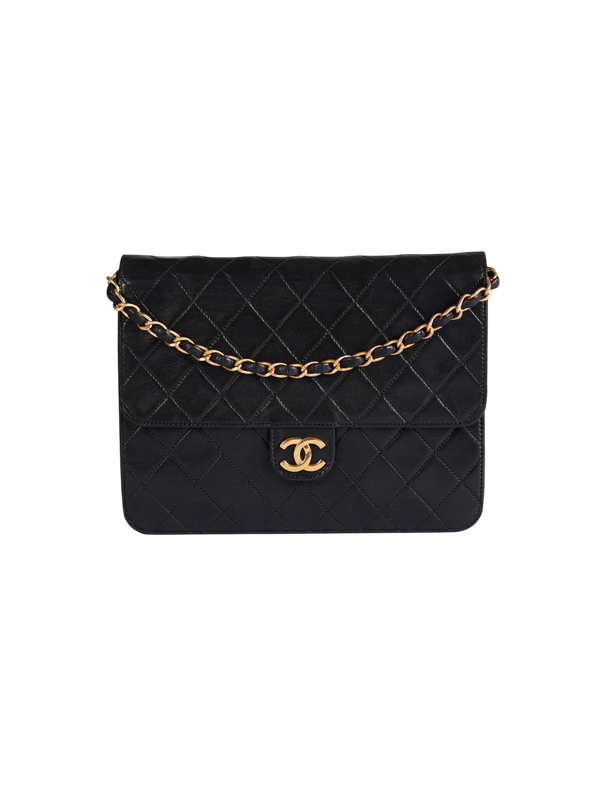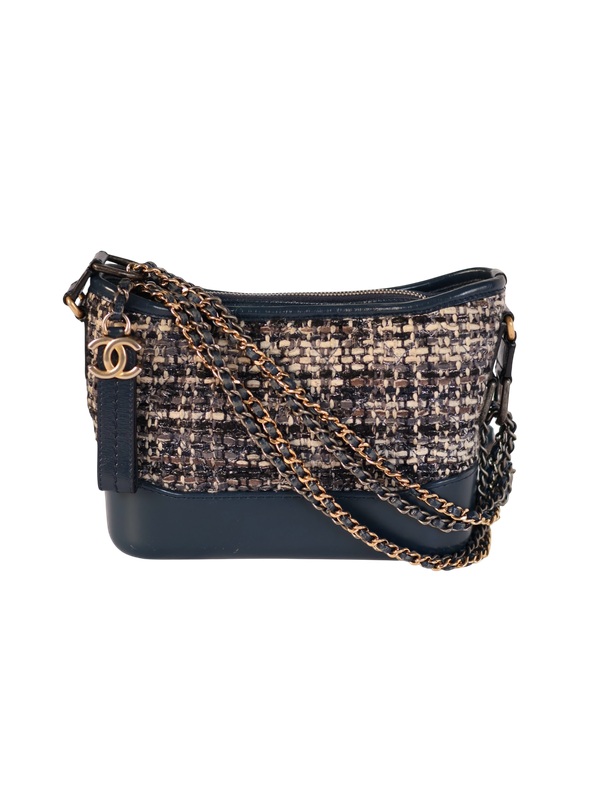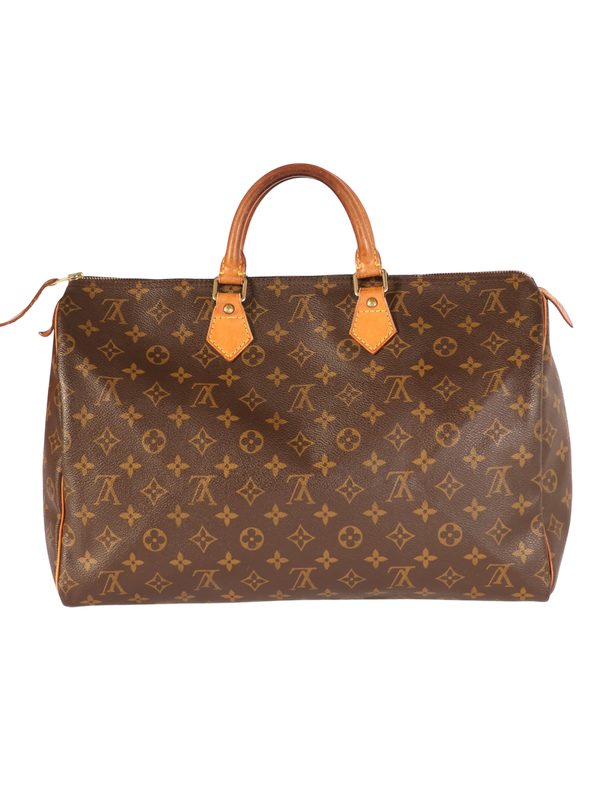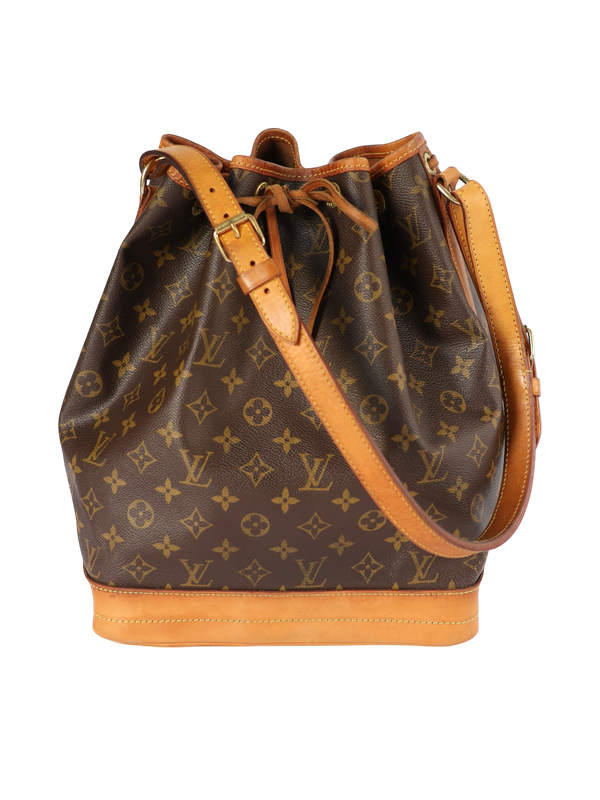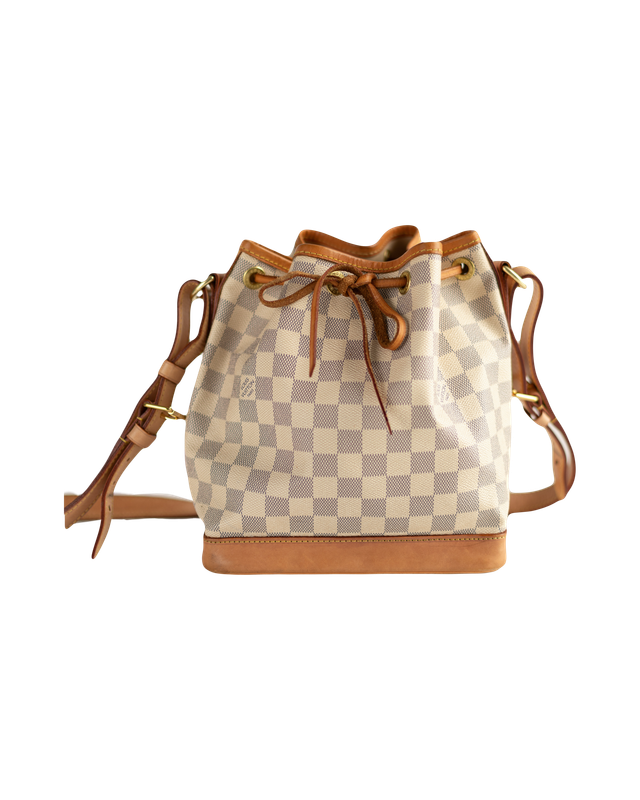Can a Handbag Be a Good Investment?
The honest answer with charts, charm, and common sense.
By now, you’ve probably heard it whispered in vintage corners of the internet: “A Birkin beats the S&P.” Or maybe “My Chanel doubled in five years.” And somewhere between a TikTok resale haul and a headline in the Financial Times, a simple question starts to bloom:
Could your next handbag actually be an investment?
We’re not talking about buying a bag instead of stocks or skipping your savings account. But let’s say you’ve fallen in love with something rare, something classic — and you want to know if it could hold value. Or even grow.
We looked at the data. We read the reports. We asked the questions. And the truth is: yes, sometimes a handbag really is a good investment. Just not always — and not by accident. Let’s take a closer look!
What makes a handbag "investment-grade"?
A few luxury bags do behave like long-term assets. Not “just fashion” — but functional, beautiful objects that appreciate over time. And the key is focus.
According to Art Market Research, only a handful of models consistently outperform: the Hermès Birkin, Hermès Kelly, Chanel Classic Flap, and certain Louis Vuitton icons like the Speedy 25 or Neverfull. These aren’t seasonal novelties — they’re modern artefacts with global demand and limited supply.
In fact, the Birkin has shown average annual growth of 14 % since the 1980s. That’s faster than gold. Faster than the S&P 500. And all while being worn, adored, and photographed. But there’s a catch!
Returns come with responsibility
If you’re imagining fast flips and cashing out in six months — this isn’t that. Luxury handbags aren’t stocks. They're physical. They're sensitive to light, air, moisture, and time. They demand care. They reward it too.
Condition and authenticity matter more than hype. A scuffed Chanel with a mystery origin won’t age gracefully. But a vintage Flap in caviar leather with full set and gentle wear? That’s a piece collectors look for.
You’ll also want to hold it — not just in your hands, but in your life. Most bags need 5–10 years to show real gains, especially after accounting for seller fees, shipping, authentication and so on. The good news? You get to enjoy it every step of the way!
What the market says in 2025
Let’s be honest — 2023 humbled everyone. After the wild highs of lockdown-era resale, even top-tier handbags cooled. Knight Frank recorded a –4 % drop in the category. But zoom out, and the long-term story holds: handbags are still the second-best performing luxury asset class of the past decade, just after rare whisky.
And the fundamentals? Still solid.
- Demand is rising. More people than ever are buying vintage — and they’re choosing timeless over trendy.
- Supply is fixed. Hermès will never flood the market. Chanel keeps raising retail prices. Vintage keeps getting rarer.
- New buyers want meaning. A classic bag with a history feels different from something off the rack.
You won’t see handbags replace stocks anytime soon. But in the words of Harvard Business Review, they’re part of the “resale revolution” — assets with embedded value, loved as much as they’re leveraged.
How to start — wisely
If you're thinking of buying your first investment-minded bag, here’s a gentle guide:
- Start with icons. The Birkin, the Kelly, the Classic Flap, the Speedy. The ones that never left the runway.
- Choose condition over trend. Patina is good. Cracks aren’t.
- Keep paperwork. Dust bags, receipts, even original stuffing matter.
- Buy from trusted sellers. Like… us. (Hi!)
And don’t forget: the best investment is one you adore. No spreadsheet replaces that flutter in your chest when you see your reflection, bag in hand, knowing this was yours — and will be, for a very long time.
So… is it worth it?
Yes. When chosen well and cared for consciously, a handbag can absolutely be a good investment. Financially, emotionally, sartorially. Not every bag will double in price. But the right one? It’ll give back in ways no stock ever could.
And if you’re ready to find your forever piece? We’ve got something beautiful waiting for you!
Shop Poetro’s collection of investment-grade vintage handbags — fully authenticated, exquisitely photographed, and shipped from France with love. Because some bags don’t just complete your outfit — they complete your legacy.
